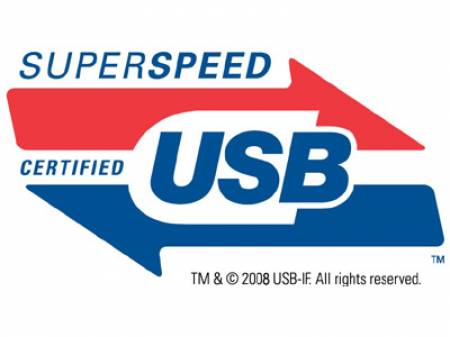Universally Known as the USB
July 25, 2013 1 Comment
The Universal Serial Bus is one of the most well known and most universal device in the computing world. Almost all of our gadgets have some kind of a USB built in, whether it be the charger we have on our smartphones or our own portable flash drive.
The development of the USB started in the early 90s when the USB 1.0 was released. There were two types, the low speed (1.5 Mbps) or the high speed (12 Mbps). Respectively, these were powerful speeds at the time but were not enough. So, the collective group of computing powerhouses that were developing this next generation standard – IBM, DEC, Microsoft, Intel, NEC and Nortel – went back to work to finish the USB 1.1 Full Speed. The only difference this version had was support and compatibility. Microsoft was very friendly with the current technology and continued to work with it.
By the end of 2001, a group called USB Implementers Forum (USB-IF) released the USB 2.0 which is 40x faster than the previous version, the USB 1.1 Full Speed (12 Mbps -> 480 Mbps). It was originally named as the High Speed USB but later was renamed to Hi-Speed USB. The Mini-A and Mini-B connectors are introduced and expanded the abilities of the USB. Many features were created to truly improve the use of the USB such as On-The-Go USB and our useful Battery Charging Spec. which lets your device to be charged into a power plug. Cellphone companies took advantage of this because with such a smal form factor, it definitely helped them decrease the size of their phones (and for some reason, phones are just getting bigger nowadays). From then on, the USB just took over. Eventually, the USB will become so universal (my last joke, I promise) that the CDs that we have will be obsolete. Imagine buying a video game that’s on a USB! USB 2.0 is still used today in almost 10 billion products and that doesn’t count a billion of smartphones and USB flash drives that almost everyone owns.
Now, the USB 3.0 has entered the game. At approximately 5 Gbps, this is at its finest! One noticeable difference between the USB 2.0 and 3.0 is the port colour. It is blue, which differentiates your USB version (go ahead, take a look at your USB drives). It began on September 2007 when Intel, Hewlett-Packard, NEC, NXP, Texas Instruments and Semiconductors started working on the next-gen USB. By November 2008, they released the 1.0 version. By then, the USB-IF took care of the other business. In 2012, processor companies (Intel and AMD) fully integrated their support for the SuperSpeed USB. Right now, the USB-IF is planning to finish the job by increasing its power to 10 Gbps! 
The USB is universally known. It will surely continue to improve from its older versions. All we need to do now is wait for it.
Keep Chewing!



“All we need to do now is wait for it.”
By that point, another standard will arise. Remember the serial port?